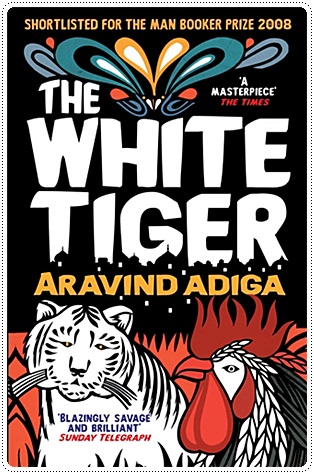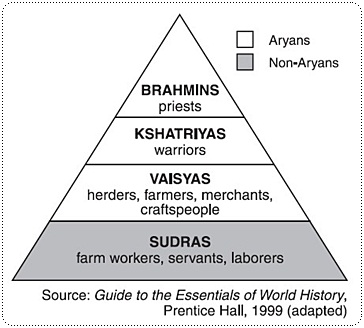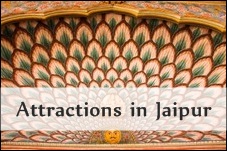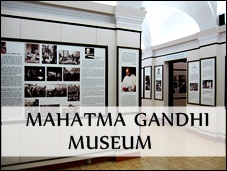Review of The White Tiger Book
by Aravind Adiga
"About Modern India Culture and India Caste System"

Note: spoilers in this article!
If there's one book a backpacker in India should read, that has to be The White Tiger.
I had never heard about this book until I recently traveled in India (early 2011). It was up front in every book store I visited in south and north India.
First time I heard someone rave about The White Tiger was my former teacher from development studies, an expert in Indian and Sri Lankan culture.
Later on, I met a couple from Belgium in Fort Kochi, who started to talk about it. The husband, Piet, had just read it. He said to me:
"If you want to know the real India, then you should read the White Tiger."
A couple of weeks later, I met backpackers in Varkala (Kerala) who also recommended it.
I thought: "What's so special about this book? ...Damn, I have to read it".
So, I picked up a paperback edition from Idiom book store in Fort Kochi.
My review of
The White Tiger book
The beginning of the story is a little confusing, because you're thrown right into the story of Balram Halwai, a hard-working and ambitious driver, servant, entrepreneur and later in the book - a murderer.
But the confusion doesn't last long. After about 20 pages you suddenly know what's going on, what kind of story this is.
The book is well-written and grabs your attention all the way. I read this book in 4 days, so you can just imagine how exciting it was. It could have been read in 3 days, but I held back to make the reading experience last.

An essential part in this book is the India caste system. A social system that divides the Indian population into higher and lower social classes. Which caste you belong, traditionally depends on the person's occupation.
Basically, if you were born of a servant or a rickshaw driver, you're in a 'servant' caste or a 'driver' caste. Earlier, it was not allowed for people of lower castes to rise above their inherited occupation.
They couldn't dress nicer, eat better or live better (even if they had the economical opportunity to do so) because that would give them another social status, which was tabu.
After India's independence, the Indian constitutional law banished the Indian caste system. But I'm afraid it's still practiced in the country.
And that's one of the messages of The White Tiger.
Personally I think this is a brilliant book. You're drawn into the story, and you have to keep reading. The story is morally disturbing.
It really shook up my moral compass.
That's why Aravind Adiga deserved the Man Booker Prize (2008).
There are many questions that you'll ask yourself after reading this book, but I can't reveal too much. You have to read the book first ;-)
So who is the author
behind White Tiger?
Born in Chennai but raised in Australia, Aravind Adiga started off as a financial journalist at Financial Times and then was hired as a South Asia correspondent for TIME magazine. After TIME, he started freelancing and that's when his debut novel "The White Tiger" was written.
Unsurprisingly, he won the Man Booker Prize 2008.
According to an interview with Aravind (Book Browse) he seeked inspiration for the main character Balram Halwai at train stations, servants' quarters and slums in India. The main character is a composition of the Indian men he met on the road.
Paperback: |
Kindle Edition:
|
Hardcover:
|
|
Further reading: |
Like this page?
|
Return to top of Aravind Adiga White Tiger
Follow This Site
Search this site
Most popular articles
» Travel Forum: Itineraries
» Travel Insurance
» Nightlife in Kuala Lumpur
» Route Planner
» Packing List
» Life After Backpacking
» Kuala Lumpur Malaysia
» Perhentians Malaysia
» Review of massage in Kerala
» Review of Erawan waterfalls/
Train Travel in India
About Cleartrip booking system
Connect with us











Comment this page:
Have your say about what you just read! Leave me a comment in the box below.